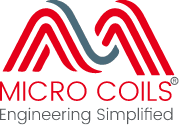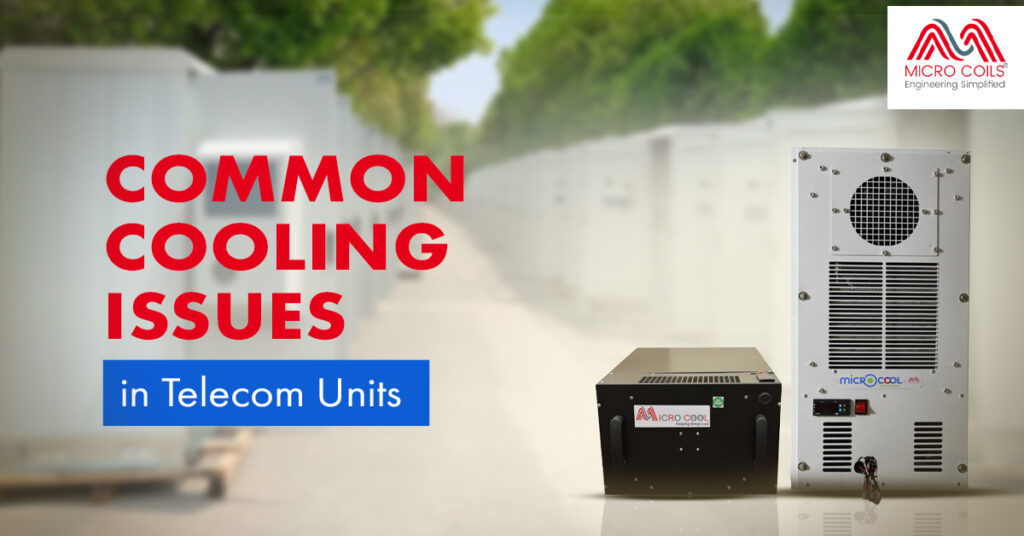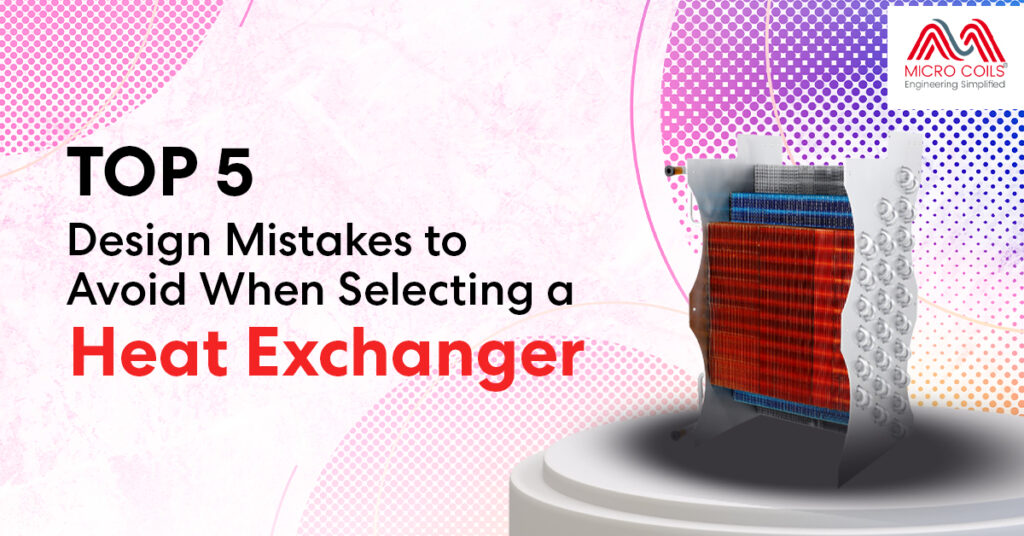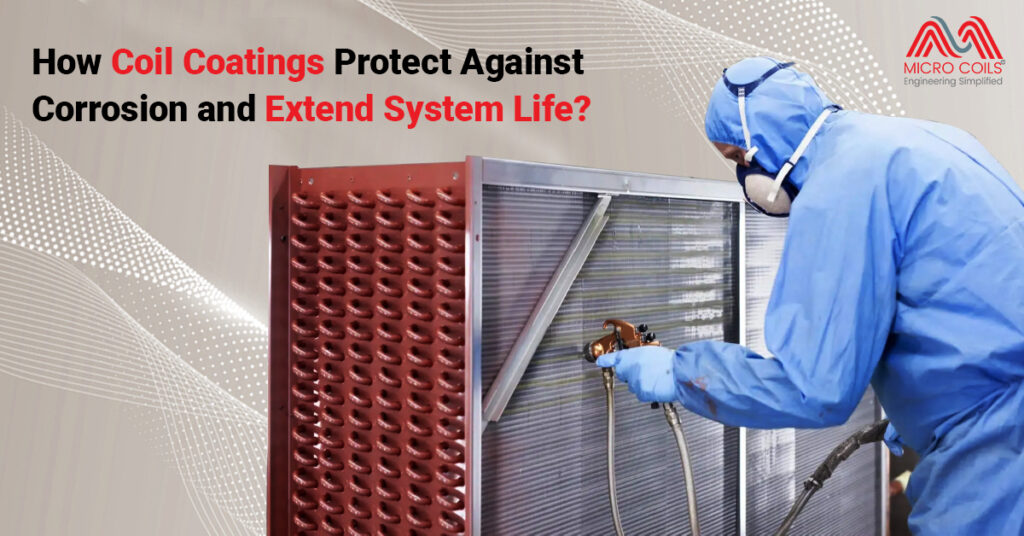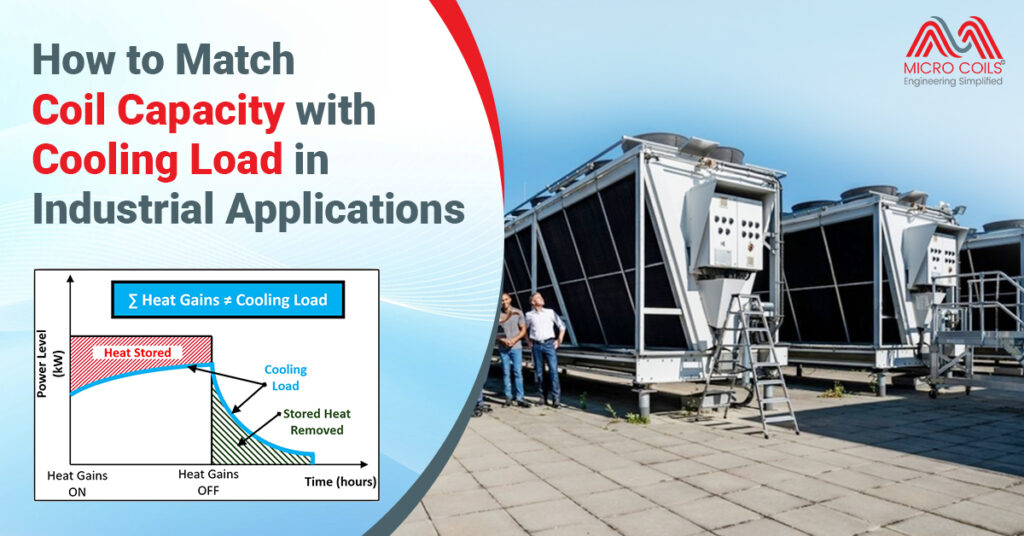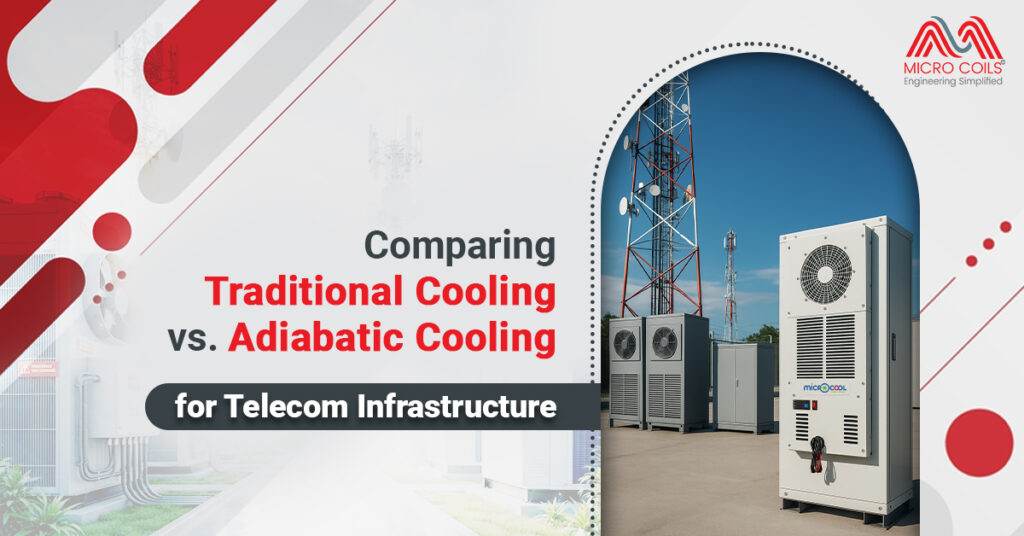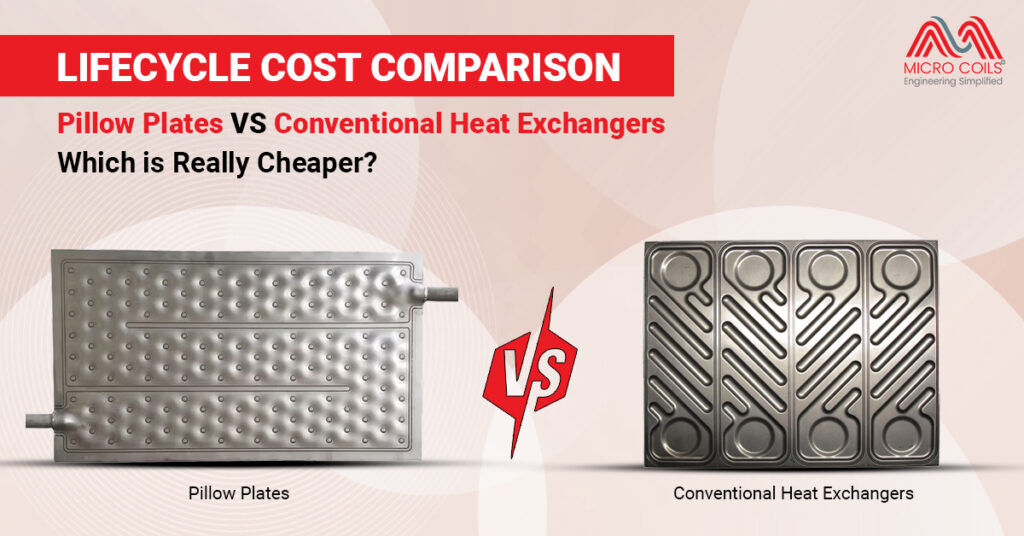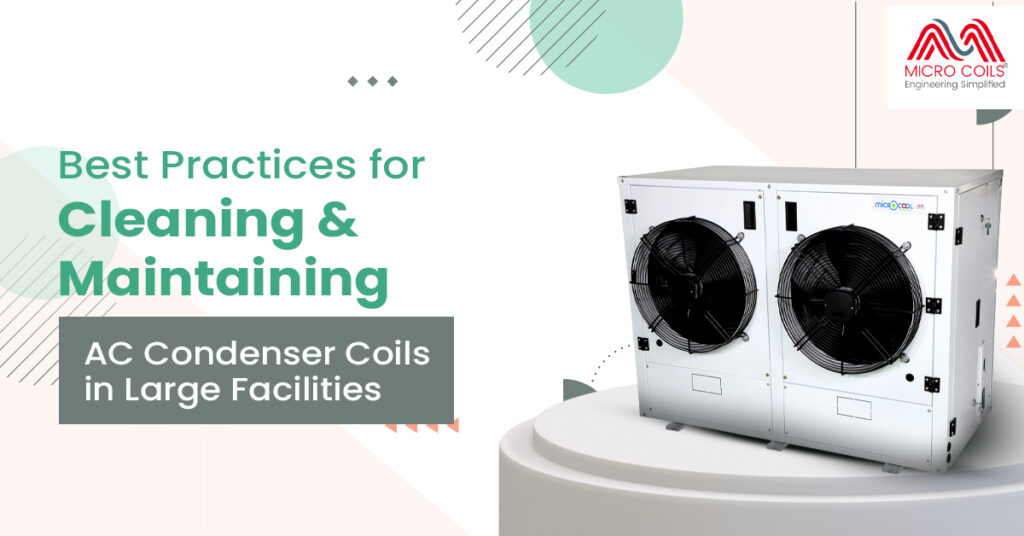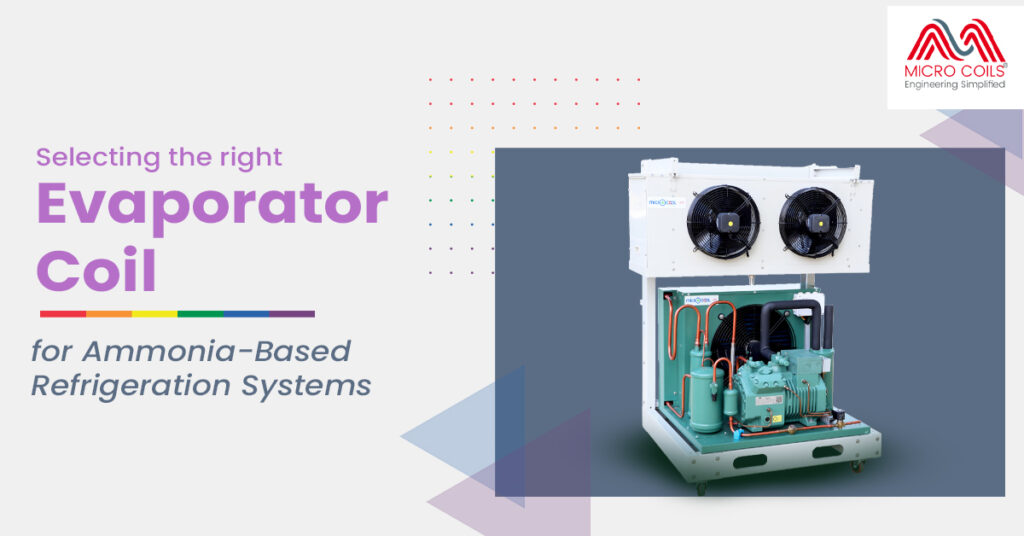Common Cooling Issues in Telecom Units
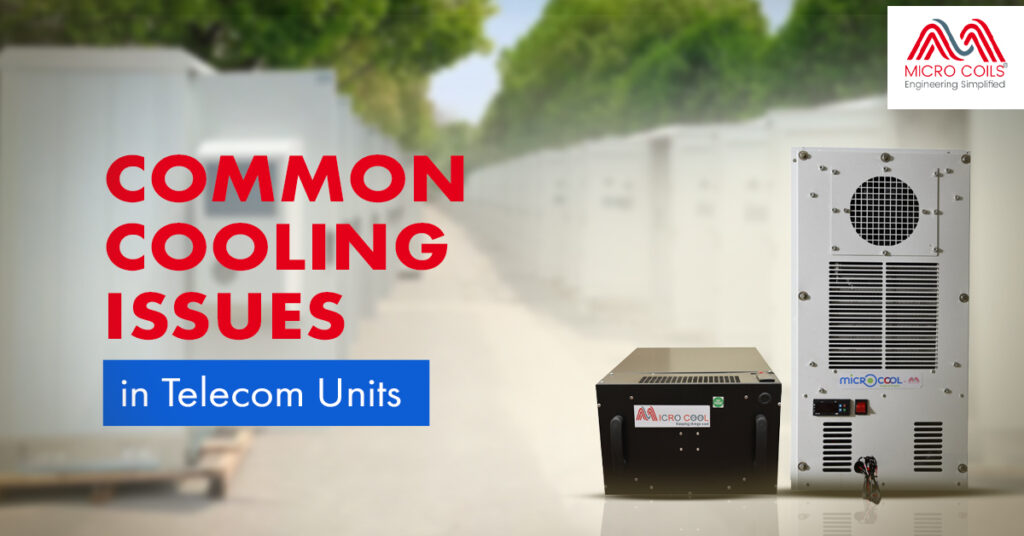
Keeping a telecom unit cool is one of the most essential yet challenging tasks in the communication industry. As the demand for stronger networks and faster data transfer grows, so does the heat generated by the electronic components inside. Even a slight temperature rise can reduce efficiency, slow performance, and in some cases, damage critical equipment.
Telecom systems operate around the clock, often under harsh outdoor conditions. That makes temperature control not just a maintenance task but a core part of ensuring network stability and uptime. This article explores the common cooling problems in telecom setups, their root causes, and practical ways to prevent them. It also highlights how technologies like adiabatic cooling, efficient AC condenser coil systems, and modern designs from pillow plate manufacturers are helping overcome these challenges.
Why Proper Cooling Matters in Telecom Units?
Every telecom unit contains sensitive electronic components—routers, servers, converters, and batteries. Each of these elements generates heat when active. If this heat is not removed effectively, the internal temperature rises, which leads to multiple issues like equipment slowdown, signal disruption, and even complete system failure.
In hot climates, the risk is higher. Many telecom towers are located in areas where outdoor temperatures exceed 40°C. When this external heat adds to the internal load, conventional air conditioners struggle to maintain balance. The result is frequent breakdowns and increased power consumption.
Efficient cooling not only prevents these problems but also reduces the overall energy cost, extends equipment life, and ensures continuous service delivery.
Common Cooling Problems Found in Telecom Units
Cooling issues can appear in many forms. Some are caused by equipment design, while others result from poor maintenance or environmental factors. Understanding these problems is the first step toward solving them.
Inadequate Air Circulation
Poor airflow is a common issue inside telecom cabinets and shelters. When cool air doesn’t move evenly, certain sections overheat while others remain undercooled. This imbalance creates temperature pockets that stress specific components more than others.
Complete preventive actions include:
- Ensuring fans and vents are placed correctly for uniform air movement.
- Checking for obstructions like wires, filters, or tools that block airflow paths.
- Installing temperature sensors in multiple zones to detect uneven cooling early.
Dirty or Blocked Filters
Filters are designed to trap dust and particles, but over time, they accumulate dirt and restrict airflow. When air can’t pass freely, the cooling system has to work harder, using more energy to achieve the same result.
Effective maintenance involves:
- Cleaning filters at regular intervals depending on site conditions.
- Replacing old or worn filters instead of washing them repeatedly.
- Using filter covers in dusty environments to minimize buildup.
Overloaded Cooling Systems
When cooling systems are undersized or overworked, they run continuously, especially during summer months. This constant operation causes fatigue in compressors, fans, and electrical circuits. Eventually, performance drops, and energy bills increase.
Ways to prevent overload include:
- Installing temperature-controlled automation to regulate system usage.
- Choosing energy-efficient models designed for telecom environments.
- Conducting load testing during seasonal changes to ensure optimal operation.
Inefficient or Damaged Coils
The AC condenser coil is crucial in transferring heat from the inside to the outside. When the coil becomes dirty, corroded, or blocked by debris, heat transfer slows down. The compressor then works harder, consuming more power and generating additional heat.
To maintain coil performance:
- Clean coils periodically using non-corrosive cleaning agents.
- Inspect for leaks, rust, or damage that could reduce heat dissipation.
- Keep outdoor coil units protected from dust, leaves, and insects.
Poor Sealing and Insulation
Improper sealing allows warm air, dust, and moisture to enter telecom cabinets. Once this happens, the cooling system has to run longer to compensate, leading to inefficiency and potential corrosion.
Good insulation practices include:
- Checking door seals and gaskets regularly for cracks or looseness.
- Using weather-resistant insulation materials suitable for the site’s climate.
- Installing ventilation systems that allow heat to exit but block external air and water.
Impact of Cooling Problems on Network Performance
Overheating is not just an equipment issue—it’s a network reliability concern. A few degrees of extra heat can cause sensitive components to malfunction, affecting data transmission and call quality. Prolonged exposure to high temperatures can shorten the lifespan of routers, switches, and power supplies.
Inconsistent cooling also leads to higher energy consumption. Systems use more power to compensate for inefficiency, which increases operational expenses. In addition, equipment that runs hotter tends to require frequent repairs, adding to maintenance costs.
When telecom units are part of critical infrastructure such as emergency services or financial systems, even short downtime can have serious consequences. Reliable cooling ensures uninterrupted service and stable performance across all network points.
Modern Cooling Approaches for Telecom Units
The telecom industry is steadily shifting from traditional air conditioning methods to smarter, energy-saving solutions. These technologies are designed to adapt to environmental conditions while maintaining consistent performance.
Adiabatic Cooling Systems
Adiabatic cooling works by using the natural process of evaporation to cool incoming air. Warm air passes through moist pads, and as the water evaporates, it absorbs heat, reducing the air temperature before it enters the system.
This approach can significantly cut down energy use since the air conditioner has to remove less heat afterward. It’s particularly effective in dry and semi-arid regions where humidity is low. Many telecom operators prefer adiabatic systems for outdoor shelters and base stations because they are cost-effective, environmentally friendly, and simple to maintain.
Upgraded AC Condenser Coils
Modern coils are designed for higher efficiency and durability. Using materials such as copper or coated aluminum coil enhances heat transfer and prevents corrosion. Some systems even feature microchannel coils that offer greater surface area for faster cooling.
When combined with regular maintenance, these coils reduce ac compressor workload, improve cooling response, and extend the system’s service life.
Pillow Plate Cooling Technology
Another innovation gaining attention comes from pillow plate manufacturers. Pillow plates are metal sheets welded together in a pattern that allows fluids to circulate through small channels. These plates are used in heat exchangers and cooling tanks to provide efficient temperature control.
For telecom applications, pillow plate systems are being adapted for compact cooling setups. They offer a balance of strength, efficiency, and low maintenance. Their corrosion resistance and lightweight structure make them ideal for outdoor installations where space and durability are crucial.
Preventive Maintenance for Reliable Cooling
Even the most advanced cooling system cannot perform well without proper maintenance. Routine checks prevent small issues from becoming large failures.
Key maintenance practices include:
- Cleaning air filters and condenser coils to keep airflow unobstructed and efficient.
- Inspecting fans and vents to confirm that air circulates evenly across all zones.
- Checking for refrigerant leaks that can reduce system efficiency.
- Monitoring temperature readings regularly to detect early signs of overheating.
- Sealing cabinet openings and ensuring that doors close tightly to prevent heat ingress.
- Replacing worn components before they cause major system damage.
By following a preventive schedule, telecom operators can reduce downtime, extend equipment life, and lower overall energy costs.
Design Strategies for Long-Term Efficiency
An efficient telecom cooling system starts with thoughtful design. The location, layout, and environmental conditions must all be considered before installation.
Design strategies that make a lasting difference include:
- Separating hot and cold air pathways to prevent air mixing and reduce energy use.
- Using thermal barriers or reflective materials to minimize direct heat absorption.
- Positioning cooling equipment away from direct sunlight and dust-heavy zones.
- Implementing hybrid cooling systems that blend air conditioning with natural ventilation.
- Incorporating remote monitoring tools for real-time control and adjustment.
Cooling systems are the backbone of telecom reliability. When they fail, the impact ripples across networks, users, and businesses. Most problems—from dirty filters to inefficient coils—are preventable with regular maintenance and smart design.
When selecting a cooling system, the most important factors include the site’s climate, humidity level, available power supply, and the heat load generated by the equipment. Compact units in hot and dry areas may benefit from evaporative or hybrid cooling systems, while high-density indoor units may need precision air conditioning. The goal is to balance cooling capacity with energy efficiency and long-term maintenance ease.
Operators can enhance efficiency by improving airflow management, sealing air leaks, and cleaning heat exchange components regularly. Installing monitoring sensors helps identify hot spots early. In some cases, adding pre-cooling modules or shade structures around outdoor units can also reduce thermal load without changing the main system.
Warning signs often include unusual noise, increased energy use, longer cooling cycles, or uneven temperature distribution inside the unit. If the equipment feels warmer than usual or you notice more frequent system alarms, it’s time for a professional inspection. Catching these signs early helps avoid major breakdowns and unexpected downtime.
Humidity affects both temperature and equipment safety. Excess moisture can lead to corrosion, short circuits, and insulation failure. On the other hand, air that’s too dry increases the risk of static electricity. Maintaining a balanced humidity level ensures the air inside the telecom unit supports stable electronic performance and prevents long-term damage.
Sustainability can be achieved by using energy-efficient technologies, integrating renewable power sources, and adopting intelligent controls that adjust cooling based on real-time demand. Regular maintenance and the use of recyclable or low-impact materials in cooling components also contribute to reducing environmental impact while keeping performance consistent.
Common Cooling Issues in Telecom Units Read More »
